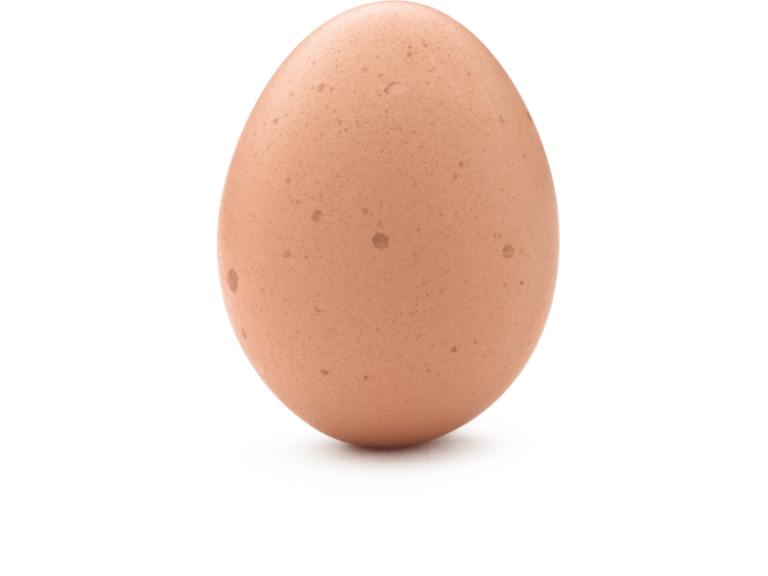Normal chicken eggs are larger at one end and smaller at the other. The larger end contains an air-filled chamber called the air cell. When the chick is ready to hatch, its head is positioned in the larger end, and it uses its beak to break into the air cell, starting to breathe air directly from it. Therefore, the chick must have an air cell during its embryonic development for normal growth.
The shape of the egg is closely related to the position of the chick inside. When the chick hatches from the egg, it pecks and struggles to break through the shell on its own. Pecking the shell requires effort from the head, neck, and feet, which need support. The smaller end of the egg shell provides the support point for the chick’s two feet. It’s like how we need the floor as a support point to stand up when sitting on a chair. If the egg is too round or too elongated, the chick finds it difficult to break through the shell. Therefore, excessively round or elongated eggs are difficult to hatch chicks from. Additionally, eggs with abnormal shapes often result in malformed chicks.

